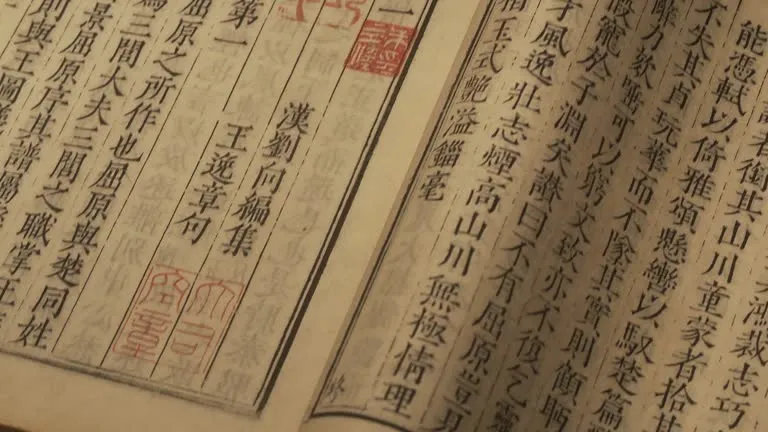
China’s contributions to civilization and technology are profound, and inventions such as paper, the compass, firecrackers, and kites all go back to the Chinese! Paper seems to be such a simple creation nowadays, but it was not at all in the beginning, and it revolutionized communication and literature. This way, knowledge could also spread much faster.
Next time you’re handed worksheets in class, no matter if you learn Chinese or any other subject, you could try remembering these and feel more in awe of the fact that we have printing available nowadays! The way of Chinese paper from its ancient origins to modern-day uses will be what we’ll look at today!
The Origins of Paper: A Humble Start
Before the advent of paper, early forms of writing in China were etched into bones, shells, and bamboo strips. While practical, these materials were cumbersome and lacked the flexibility for widespread use. The shift came during the Han Dynasty (206 BCE – 220 CE) when Cai Lun, an official in the imperial court, is credited with refining and formalizing the papermaking process around 105 CE.
Cai Lun created a pulp that was spread flat and dried to produce thin, versatile sheets using a mixture of mulberry bark, hemp, old rags, and water. This new medium was cheaper, lighter, and more efficient than bamboo or silk, leading to its rapid adoption.
The Spread and Development of Papermaking
With the development of paper, China also saw a surge in literacy and education. By the Tang Dynasty (618 – 907 CE), paper production had evolved, introducing more durable varieties made from plant fibres such as rice and bamboo. These advancements enhanced record-keeping and were good for the growth of calligraphy too. If you visit China such as on school trips to China, you will also note the use of specific paper for Chinese calligraphy.
Paper spread beyond China through the Silk Road, reaching the Islamic world and later Europe. By the 8th century, papermaking had become an integral part of many cultures, laying the groundwork for the global dissemination of knowledge and the eventual printing revolution.
Paper in Art and Culture
Paper transcended its utilitarian origins in China to become a key component in art and religious practices. The delicate art of paper-cutting (纸剪, zhǐjiǎn) flourished during the Northern and Southern Dynasties (420 – 589 CE), showcasing intricate designs used in celebrations and as symbolic decorations. Paper was also crucial for the development of traditional Chinese painting and calligraphy, two disciplines that became cornerstones of cultural expression.
One remarkable adaptation was xuan paper (宣纸), a type of high-quality rice paper developed during the Tang Dynasty and prized for its resilience and ability to absorb ink smoothly. Xuan paper remains a popular choice among artists and calligraphers today, highlighting the enduring legacy of early Chinese papermaking techniques.
Modern Uses and Innovations
In contemporary times, China has maintained its reputation for paper production, integrating modern technology to meet the needs of the digital age while preserving traditional techniques for artistic purposes. Paper production has diversified, with eco-friendly practices and sustainable materials being adopted to reduce environmental impact.
Papermaking villages and workshops that preserve ancient methods attract visitors worldwide, sparking interest in how traditional techniques can merge with modern sustainability efforts. These practices are not just a nod to the past but a testament to the adaptability of Chinese papermaking and its continued cultural significance.
The Dual Legacy of Tradition and Innovation
Chinese paper stands as a symbol of innovation. There used to be its humble beginnings with Cai Lun’s initial pulp to contemporary art forms and sustainable practices, and now paper remains a powerful medium that reflects part of the cultural depth of China. As scholars and enthusiasts seek to learn more about paper’s rich history, it is clear that this creation, born thousands of years ago, continues to influence communication and education worldwide. It also has had an influence on art, of course! This legacy shows the impact of an ancient innovation that changed a nation and the world.













